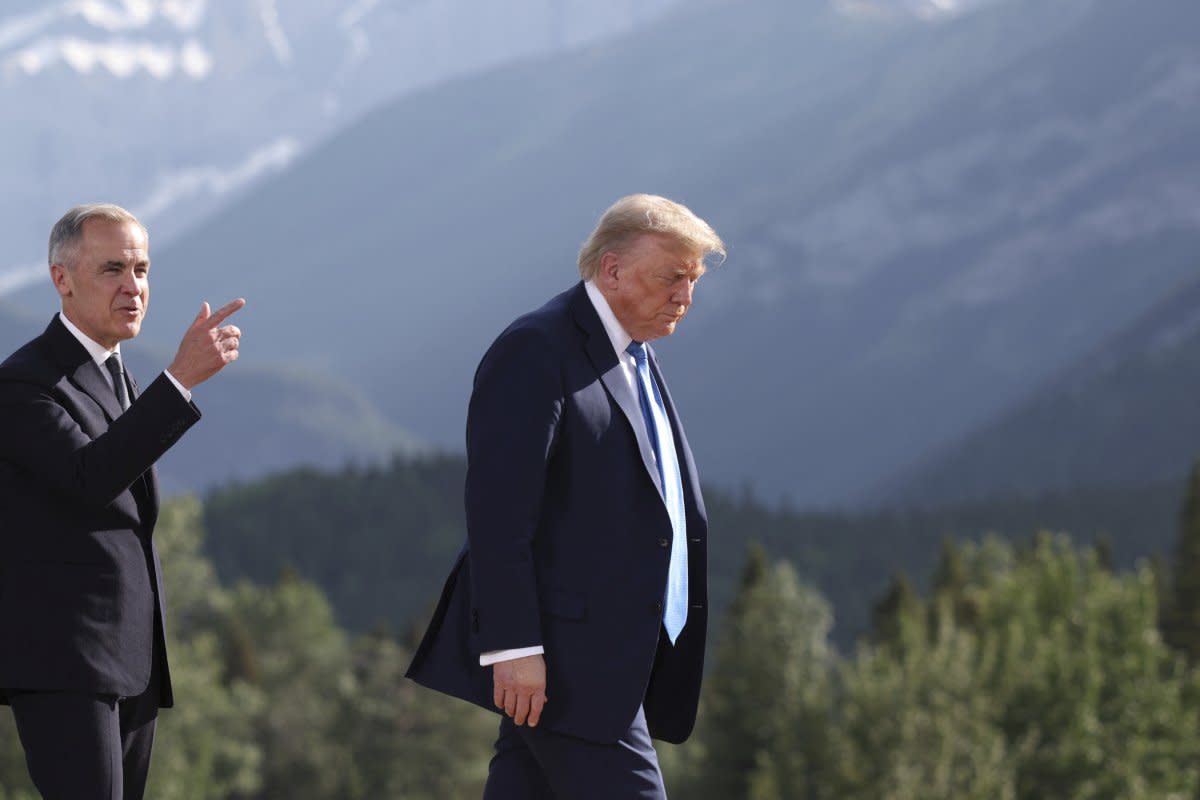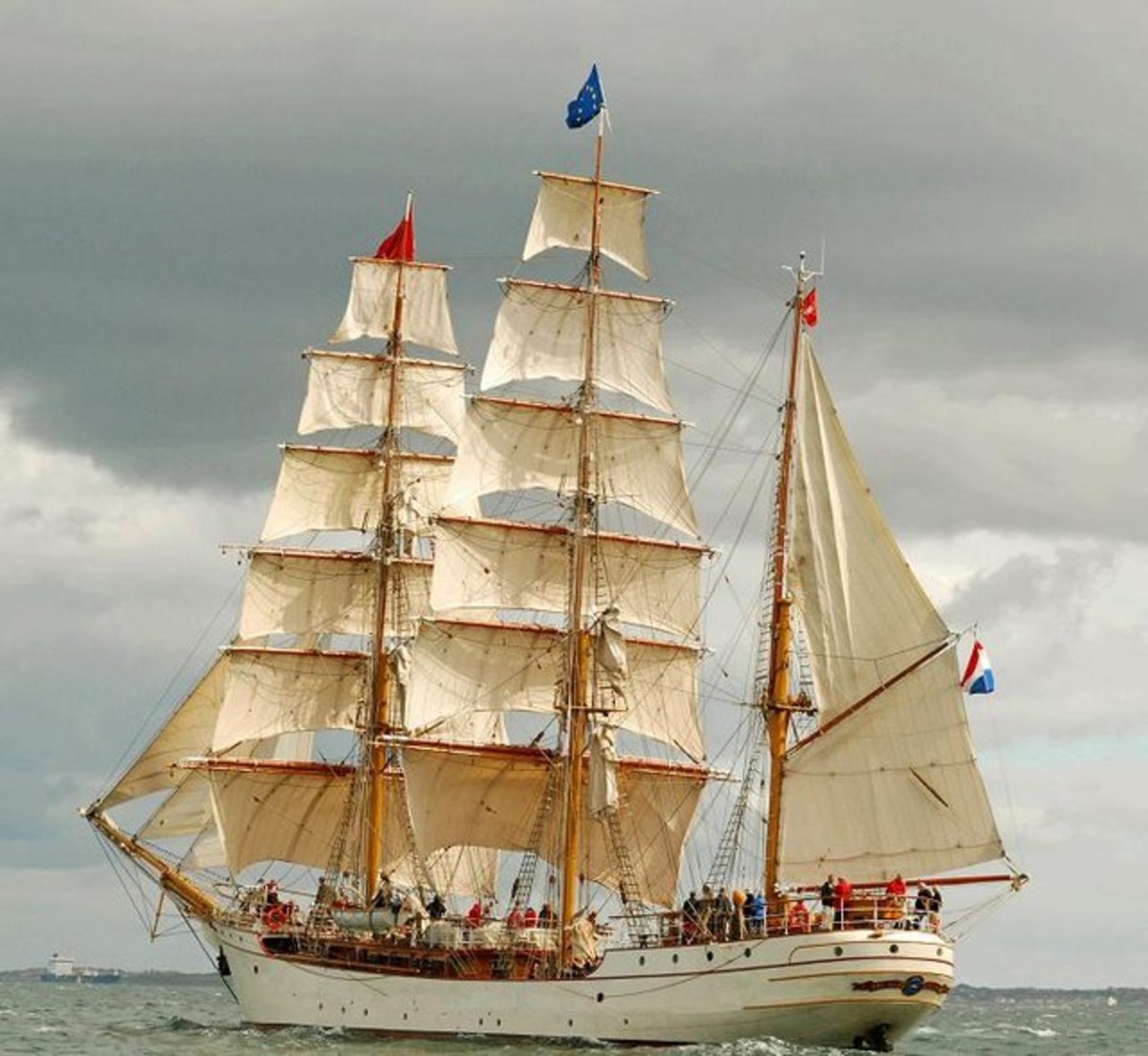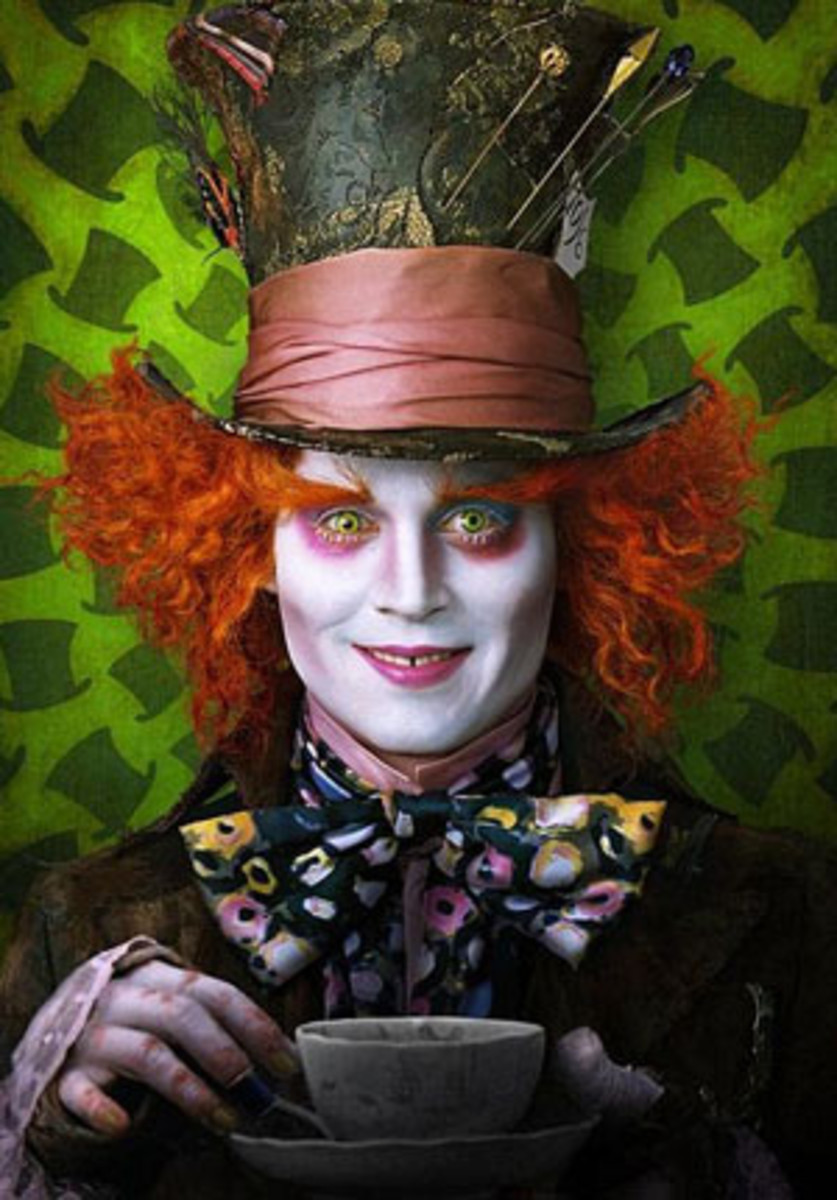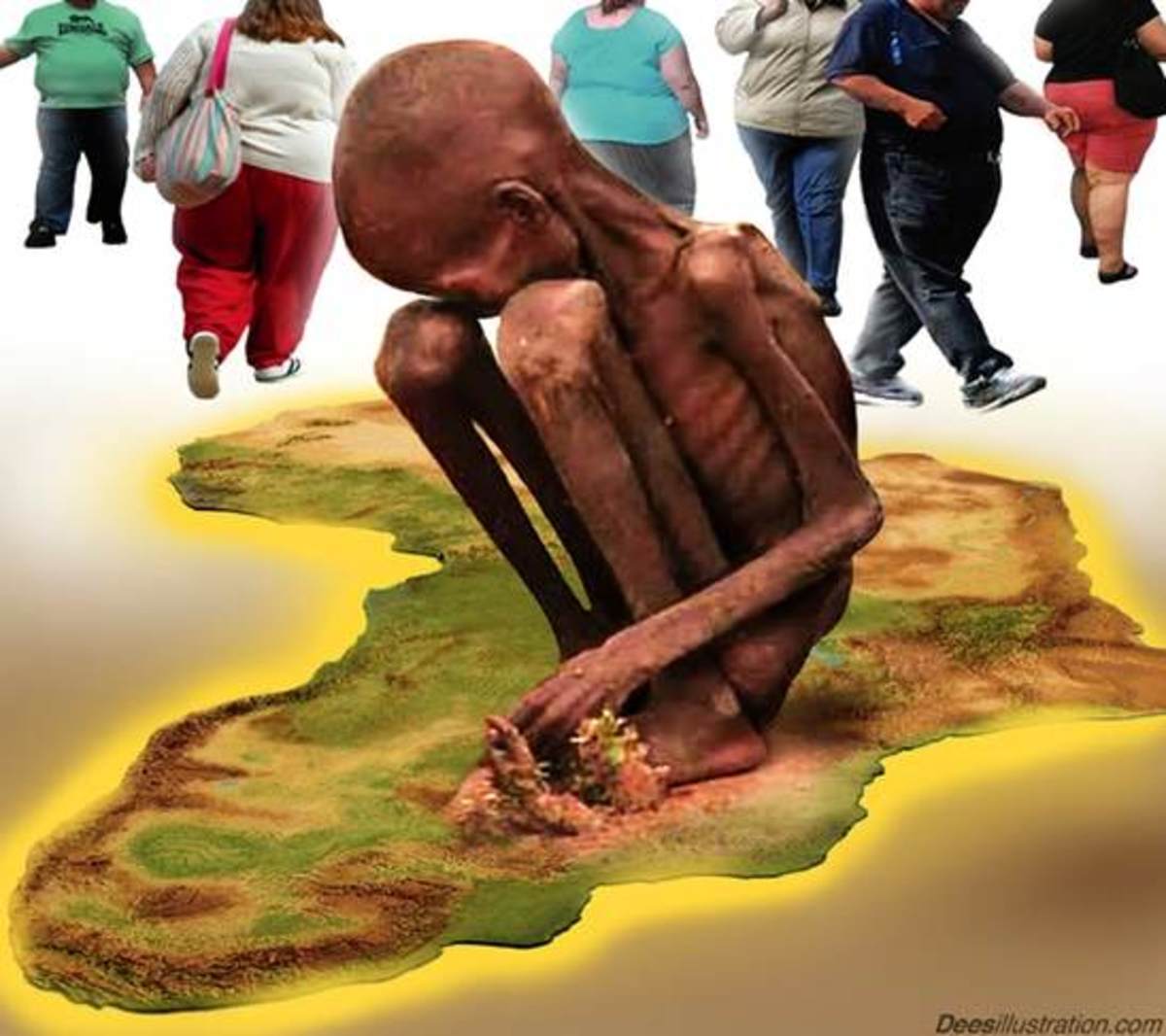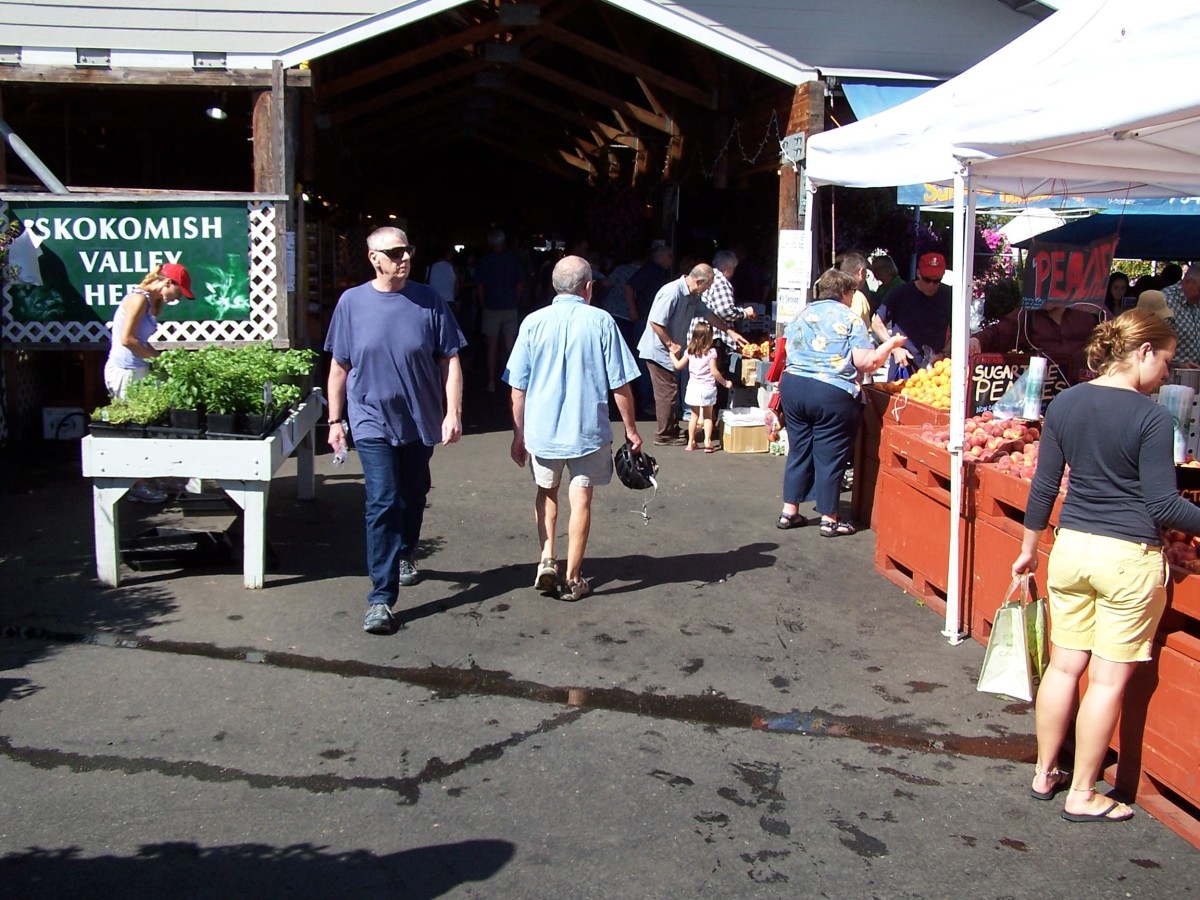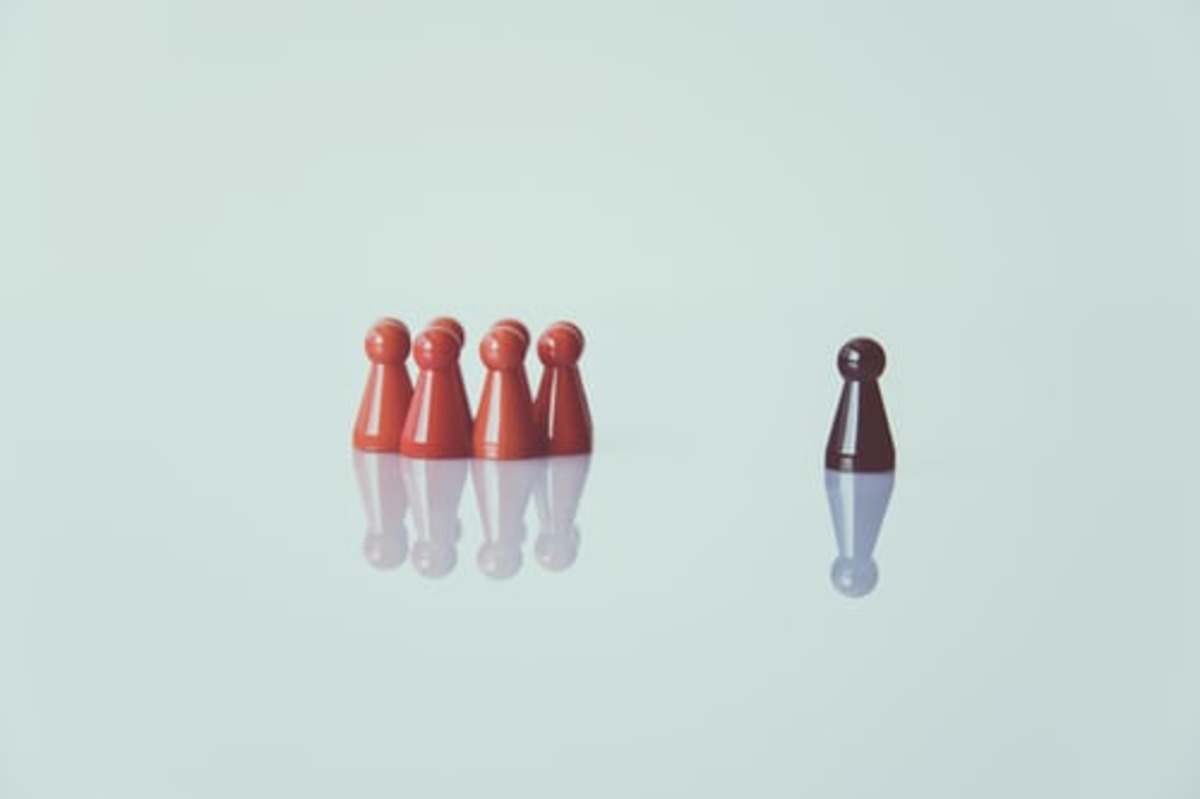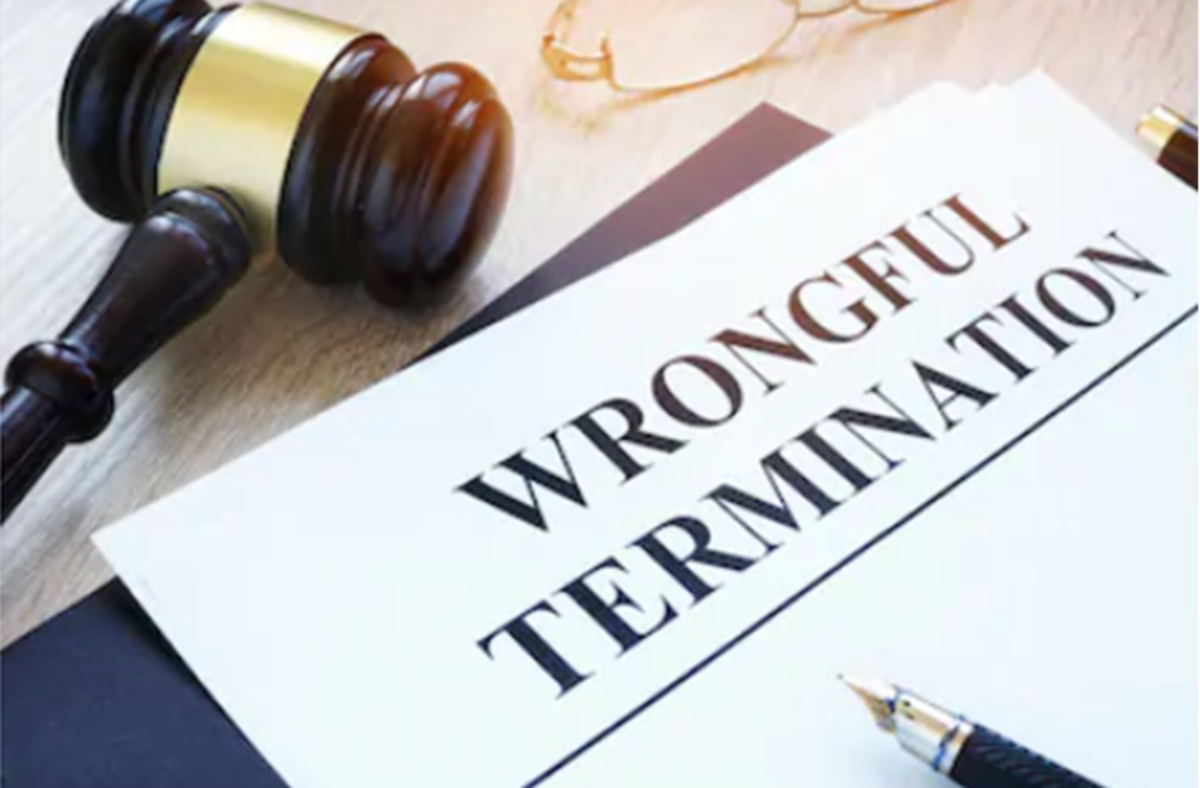From Tea to Bananas: Trade Wars in History
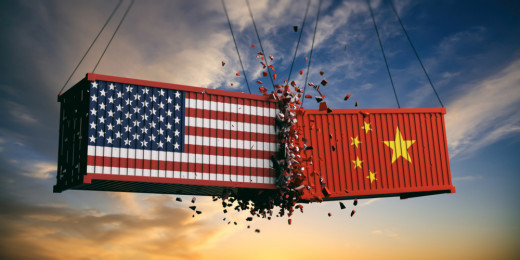
The current trade war we are witnessing now is between the US and China. Although we hope it will be the last, it is very unlikely that it will be.
Many trade wars have come and gone, and many of them have been disruptive. While the names given to them are sometimes comical but appropriate, nonetheless, they are certainly no joking matter.
Here are some of the most disruptive trade wars in history.
- Trump’s Trade War Could Spark Recession – NABE Economists Warn
US-China tariffs: Trump’s trade war is the main threat to the rising risk of recession. National Association for Business Economics (NABE).
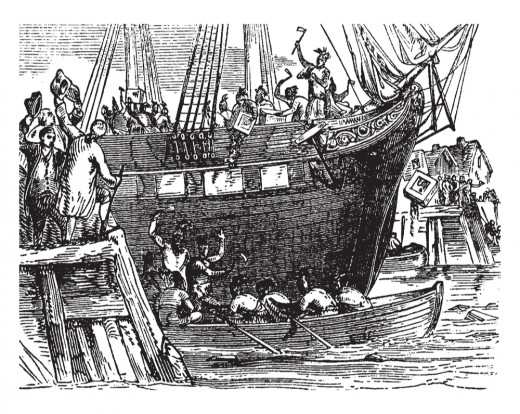
The Boston Tea Party (1773)
Going way back in British colonial times, the Boston Tea Party was one trade conflict that contributed a lot to the American Revolution.
Tea Act of 1773
In 1773, the British government enacted the Tea Act of 1773, which served as a tool to save the faltering East India Company.
The bill lowered the taxes of the company and practically gave East India a monopoly on the American tea trade. The colonists in America did not like that. Thus, they ensured that, if not blood, tea would be spilled. And that they did; that's the tea.
The Tea Party
When three British ships carrying chests of tea docked in the Boston Harbor, the colonists demanded them to return to England.
However, Massachusetts Governor Thomas Hutchinson did not allow this. As a response, Samuel Adams, a Patriot Leader, organized a "tea party."
This 60-member party had members from the Sons of Liberty, which is an underground gang of freedom fighters. They disguised themselves as Mohawk Indians, boarded the British ships, and dumped 342 chests of tea into the sea.
Parliament's Response
Of course, this tea party did not sit well with the tea-sipping British Parliament. They renounced the event as destruction of British property.
It then enacted the Coercive Acts of 1774. The law did a number in Boston: it closed the Harbor into merchant shipping. It set up an official military rule in Massachusetts.
British officials became immune to criminal prosecution in America. And the people had to provide quarters to British troops on demand. It was bloody, chaotic.
This trade war sparked the first ideation of independence for American colonists. They no longer wanted to be ruled by the monarch, and that was what ignited the American Revolution.
Spoiler: the Americans won the Revolution. It's not on Netflix.
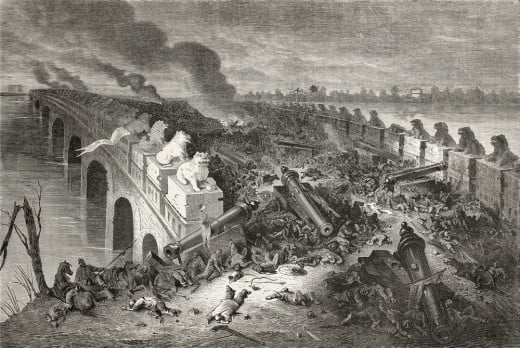
Opium War: Part 1 (1839 to 1842)
From tea, we jump to a stronger substance that's not probably going to sit well in tea party goers.
The Trade War
The Opium Wars took place between China and Britain. During those times, China had had enough of the problems caused by the rampant Opium addiction in the country. It turned into a widespread social and economic disruption.
Britain, among other foreign traders, had been illegally exporting Opium from India. There's a cameo by East India Company to China. The trade saw a spike in 1820.
In 1839, the Chinese decided that they would not wait around to see their people turn into Opium junkies.
What Went Down in 1839
The Chinese government confiscated and obliterated more than 20,000 chests of Opium. That's around 1,400 tons of the drug. That was only the start.
By some accounts, the tense relations between the two countries escalated in July because of some drunken sailors. Hey, at least it's not an Opium addict. What kind of poetic justice would that be?
These drunken sailors, according to accounts, killed a Chinese villager. The British government, not wanting to let the sailor be tried under the Chinese system, refused to turn the men over.
The War
A full-blown war ensued, with hostilities escalating as the year progressed. First, British warships destroyed a Chinese blockade in Hong Kong.
Then, in 1840, the British decided to send more forces to China, arriving in Hong Kong in June. It spent months of negotiations before finally deciding to attack the city and occupy it in 1841.
Moreover, because the Qing Dynasty didn't have an arsenal as strong as the British, and perhaps because of the West's superior experience in war, British attacks against the Asian defenders proved successful.
In 1842, the Chinese counterattacked with brute force against the British, which held against the attacks. In August of the same year, Nanking fell under British forces. This ended the first Opium War.
Peace before Another War
In the aftermath of the first war, the Treaty of Nanjing came out. Under this treaty, China had to pay Britain a massive sum of indemnity.
Hong Kong became a British colony.
The treaty also required China to increase the number of treaty ports for British people to trade and stay.
Other treaties followed, which saw Shanghai become a major commercial city. The agreements, however, also gave vast amounts of rights to British people and other western countries.

Opium War: Part 2 (1856 to 1860)
Some years went by, and the two countries remained relatively calm. Although the violence of the war is the main feature here, the root cause remains the same: trade.
Extending the Trade
The British wanted to extend their trade in China. So, while the Chinese government was busy solving the Taiping Rebellion, Britain renewed the fight.
In October 1856, Chinese officials arrested several Chinese crew members (but later released them) of a British-registered ship in Canton. They have allegedly lowered the British flag.
Later that same month, skirmishes happened between the two countries' troops. A British warship started bombarding the place.
Trade stopped.
By December, Chinese people in Canton burned different warehouses, triggering further tensions.
Enter the French
This time, Britain wasn't alone in the war. The French joined the shindig, and the foreign powers just got a tad stronger.
The French didn't have any business fighting in this war. However, the murder of a French emissary in China in early 1856 was enough to push it into battle.
Although there were delays, the Anglo-French force kicked off military operations in late 1857 and quickly took over Canton. They kicked out the city's governor and replaced him with a more subservient official.
In May 1858, the foreign troops reached Tianjin and forced the Chinese into treaties.
False End to the War
As we have seen in the First Opium War, the treaties were created to give British and foreign forces privileges that could have been described as too much.
In this war, China didn't accept the treaties right away.
The treaties of Tianjin required Chinese to provide residence to foreign envoys in Beijing. Several new ports should be open to Western trade. China would also allow the freedom of Christian missionaries and international travel in the mainland.
Later in the year, the negotiations in Shanghai aimed to legalize Opium.
War Reignited
These treaties were signed but not yet ratified by Beijing. In 1858, the British withdrew from Tianjin. In 1859, they were on their way with French and British diplomats. Ratifying the treaties was the only thing in their minds.
However, the Chinese did not allow them to pass via Dagu forts en route to Beijing. A suggestion for an alternative way was made, but the British forces declined. They tried to push through Dagu.
Violence erupted, and the allied forces were driven back, but not before suffering enormous casualties.
Since the Chinese refused to ratify the deals, war erupted yet again.
At War's End
The Anglo-Franco forces came back in August 1860, with bigger ships and bigger guns. The troops obliterated the Dagu forces and proceeded to Tianjin. In October, Beijing fell.
The allied forces then plundered and started a conflagration in the Yuanming Garden, which is the emperor's summer palace.
The Chinese signed the Beijing Convention, where they agreed to observe the treaties of Tianjin. They also gave up the southern portion of Kowloon near Hong Kong to British rule.
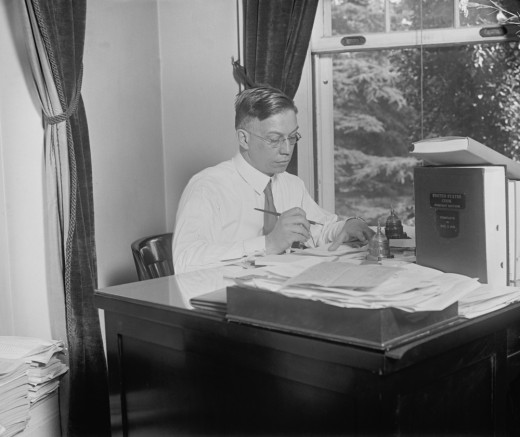
Smoot-Hawley Tariff Act (1930)
From the British-led trade war and violent wars, we proceed to a purely economic war. And the US is now taking the spotlight.
During the early years of the Great Depression, just after the roaring 20s, President Herbert Hoover wanted to solve the farming crisis. So, trade was the key, or so he thought. He proposed tariffs on agricultural imports.
Reed Smoot and Willis Hawley
Reed Smoot and Willis Hawley were senators that agreed with President Hoover so much so that they even proposed their legislation on the tariffs. They also added more to it. Perhaps, a little too much. So, Smoot and Willis didn’t have it smoothly.
In fact, more than 1,000 economists signed a petition for Hoover to veto the plan. But it was unsuccessful, and Hoover signed the act.
After signing the Smoot-Hawley Tariff Act, President Hoover expanded its scope to include 20,000 more products from different sectors.
A Misfire
As expected by many, the tariff act had some pretty huge effects on the US economy. What nobody realized was that other countries were also capable of slapping tariffs on US products.
Even if the US managed to minimize its import dependence over the next years, it has suffered much from the retaliatory tariffs that other countries imposed.
Many countries around the world responded, and US exports fell by 61% in 1933. It couldn't have been more ill-timed as the US was only recovering from the Depression.
Aftermath
Because of the Smoot-Hawley Tariff Act's failure, Hoover lost his re-election campaign to Franklin D. Roosevelt.
Roosevelt repealed the act and replaced it with the enactment of the Reciprocal Trade Agreements Act of 1934. Under this act, the POTUS gained the authority to negotiate bilateral trade deals without the Congress' prior approval.
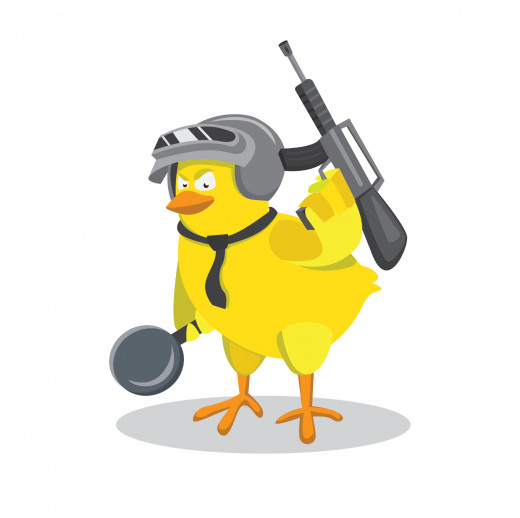
The Chicken War (1960)
If you're imagining gun-wielding, tank-driving anthropomorphic chickens going at it to win chicken dinner, well, that's not exactly it.
Anyway, the Chicken war revolved around the tit-for-tat tariff row between the US and various countries in Europe, including France and West Germany. It's not all about the birds. It was actually also about brandy and trucks and many other products.
Post-World War II Recovery
The years following the Second World War was a time of development for the US Production of chicken increased vastly, and so the prices turned lower. You can imagine people munching on chicken everywhere when it used to be food served only on special occasions.
Over in Europe, however, countries were trying to recover from the economic losses of the war. Farmers were struggling, and it wasn't any chicken-and-egg situation. Only a few of them had a chicken in every pot, and US chickens were gaining more popularity.
So, they complained and said that American farmers were becoming a monopoly in the chicken market, driving out local businesses.
Chicken Tariffs: ON
In the early parts of the decade, France and Germany decided to slap high tariffs on the American birds.
As a result, the US poultry industry suffered and incurred massive losses. By the end of 1962, the US businesses have estimated they had lost 25% of their sales.
But the US wasn't about to chicken out; It wasn't going to let those countries have their chicken dinner.
Ruffled Feathers
US President Lyndon Johnson at the time was also fighting another trade crisis, this time with the imports of Volkswagen cars. Imagine Americans driving around in Volkswagen, Beetle, and Type 2 vans. And imagine how bummed out he was when he knew Europe was messing with their chickens.
Some accounts showed that Johnson was actually trying to prevent the United Auto Workers from calling a strike just before the 1964 election.
And he did what he thought was the best move: he slapped 25% tariffs on the hoods of "light trucks," as well as Volkswagen buses, French brandy, potato starch, and dextrin.
Aftermath
The end result of this chicken war wasn't about chickens that it was about the cars. Auto industry lobbyists have kept the tax alive all these years. To this day, US-made cars dominate the truck industry in the US.
Also, the Japanese auto industry took massive hits from the tax. Toyota, Isuzu, and other Japanese brands were smart, however, in that they erected assembly plants on US territories, allowing them to circumvent the tariffs.
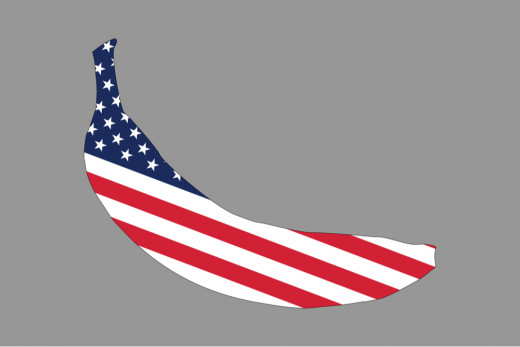
Banana Wars (1993)
As you can imagine, this can probably be the butt of many banana-related jokes.
This trade war took place between the US and Europe—again.
Europe and Tariffs
It started when Europe tried to restrict the import of bananas to its colonies in the Caribbean and Africa. To do that, it imposed hefty tariffs on Latin American banana imports in 1993.
But why did Europe care too much about the Caribbean? Well, the EU was hoping that these economies would grow independently. Since 1975, each Caribbean country needs to meet a quota of bananas.
The problem was that bananas were coming from Latin America were cheaper since they had the economies of scale.
The US Holding Its Bananas
But how did Uncle Sam enter the picture? It just so happened that those banana plantations all Latin America that Europe is going bananas about were US companies.
So, not to be outdone, the US had to act. Its first move was to complain in the World Trade Organization, the big brother of trade, in 1997. It filed eight separate complaints. That was eight complaints, for good measure.
It won.
Apart from that, the US also imposed tariffs on items like French handbags, British linens, and Danish hams.
Pulling Out the Tariffs
In 2009, several years after the complaints were filed, the EU finally agreed to relax its tariffs gradually. And in 2012, the world did not end, but the banana war did.
According to the secretary of state at that time, Madeleine Albright, she never "in my life thought I would spend so much time on bananas."

